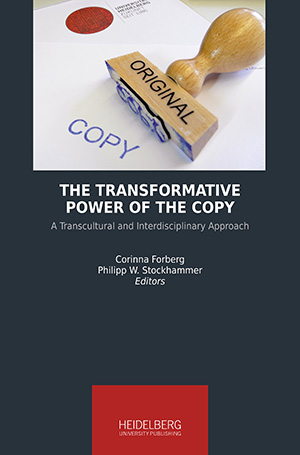Zitationsvorschlag
Lizenz (Kapitel)

Dieses Werk steht unter der Lizenz Creative Commons Namensnennung - Weitergabe unter gleichen Bedingungen 4.0 International.
Identifier (Buch)
Veröffentlicht
How to Be Authentic in the UNESCO World Heritage System: Copies, Replicas, Reconstructions, and Renovations in a Global Conservation Arena
Abstract The institutional framework of the UNESCO World Heritage Convention of 1972 has become a major influence on heritage institutions, discourses, and aspirations world-wide. This essay explores how the World Heritage arena has dealt with copies, replicas, and reconstructions of built heritage, given that the authenticity of a site has been a prerequisite for inclusion in the prestigious World Heritage List from the outset. Initially, World Heritage decisions were meant to follow the strict emphasis on original material, fabric, and design outlined in the Venice Charter of 1964. For the reconstructed historical centre of Warsaw, however, compromises were being made early on, and the Nara Document on Authenticity adopted in 1994 significantly widened the scope of authenticity criteria. Subsequent World Heritage recommendations and decisions, however, have shown little consistency and oscillated between liberal interpretations of authenticity and Venice Charter purism. The essay argues that this is partly due to the vested national interests in the World Heritage arena, making many decisions dependent on political lobbying rather than principles. To a significant degree, authenticity continues to be underdetermined, and delegates act according to what feels authentic rather than on the basis of clear guidelines.
Keywords UNESCO World Heritage, authenticity, reconstructions, restorations, material continuity






